The Russian Business Of Killer Whale Trade
Animal rights activists are continuously alarmed over Russia’s killer whale trade.
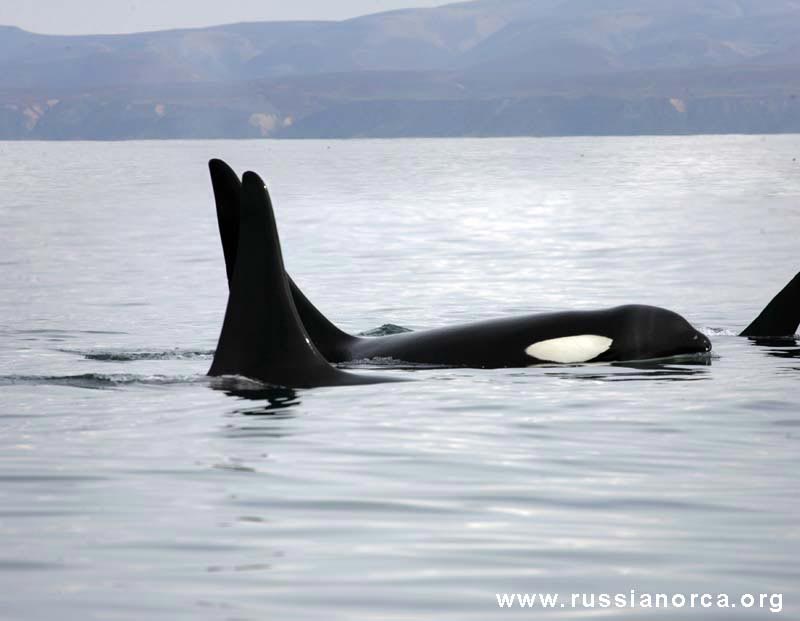
Although many countries worldwide are gradually ending dolphin capture and entertainment due to the obviously negative effects of captivity on these creatures, countries like China aren’t. And Russia is supplying the required “goods” in large numbers.
In fact, Chinese dolphinariums and aquariums are expanding and drawing large crowds with Russian dolphins and whales on display. The most common large marine mammals in question include Orca (killer whales), beluga whales, and seals.
Why Is The Russian Killer Whale Trade So Profitable?
Cetaceans (whales and dolphins) are among the most intelligent species on Earth; in or out of water. Again, species like orcas, bottlenose dolphins, beluga whales are very intelligent mammals and considered as attractive creatures to put on display.
In other words, they draw crowds.
How It All Started
Back in the 1970s, aquarium owners from rich territories in Canada and the USA were in a race to acquire killer whales to delight eager audiences.
In fact, audiences were so carried away by this amazing creature that hardly anyone spared any thought for the safety and convenience of the captive mammals. After all, the general impression before now was that this was a merciless and extremely dangerous predator.
So everyone wanted a chance to see it up close.
However, with time and as evidence and documentaries began pouring put about the miserable lives these dolphins and whales lived in captivity, people’s sentiment changed.
Gradually, people in most western nations were not so keen about seeing these captive creatures anymore. Dolphinariums and sea mammal shows began to close down.
Also, capturing orcas in American waters was prohibited, so attention shifted to a more willing supplier: Russia.
The first killer whale hunt for commercial purposes in Russian waters was in 2003 off the coast of the Kamchatka Peninsula, the Russian far east.
How Profitable Is It?
Meanwhile, despite the downturn in the marine theme park industry in USA, Canada, an so on, in China the reverse is the case.
A 2015 report published by the China Cetacean Alliance, reveals that China had 39 operational ocean theme parks as at then. In total, the parks held 491 cetaceans captive from 11 different species, and another 14 more parks were in progress.
According to Erich Hoyt, co-director of the Far East Russia Orca Project, though the Chinese don’t capture the killer whales themselves, they are very willing to pay huge amounts of money to buy them.
Russians capture and sell one live killer whale for a minimum of USD $1 million to the Chinese.
The Loopholes That Allow The Trade To Continue
According to official customs figures, since 2016 Russia has exported 91 seals, dolphins and whales out of which 84 animals were bought by the Chinese.
There is an existing government permit that allows traders catch 10 orcas and 150 beluga whales for display every year. And, permits for orcas in particular are in very high demand. In addition, they can capture killer whales for “education and cultural purposes” in Russia.
As a result, it’s almost certain that fishermen are abusing the approved quota for educational or scientific purposes to export more animals commercially.
Therefore, the actual figures could be much higher than what’s being declared officially.
The Major Implications Of The Russian Killer Whale Trade On The Animals
The monetary rewards are so much and regulatory control is not as strict as it should be. The combination of the two has made Russia the biggest supplier of many cetacean species to aquariums worldwide.
-
The Capture And Transportation Process Is Brutal
The animals are captured and treated as a commodity. They are brutally plucked from their natural environment mainly with the use of nets. Unfortunately, many dolphins in a pod may die by getting entangled in the net and drowning before the hunters are done.
The video below was uploaded on Youtube by ScubaFilm Factory and shows the process of capturing these animals.
-
Population Figures Remain Unknown
The exact population of dolphins and whales remaining in Russian waters is unclear. The last studies were conducted during Soviet times so researchers are in the dark about the conservation status of surviving pods.
The fact that hunters frequently take female killer whales of breeding age out of the waters places the overall reproductive health of the remaining pods at stake.
Owing to continuous pressure from activists and researchers, there was a halt in live catch in 2016. But the government has since allowed hunting to continue.
There is every chance that these captures may end up endangering cetaceans in the region especially since their exact population size is unknown.

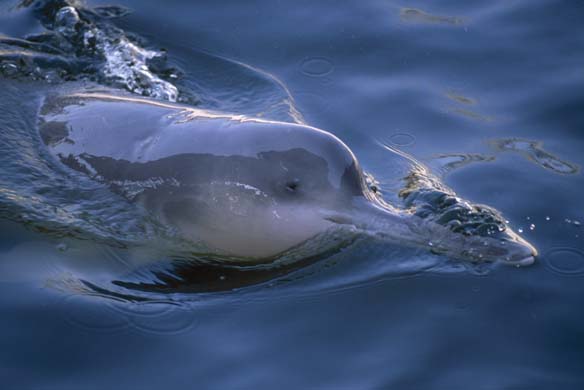
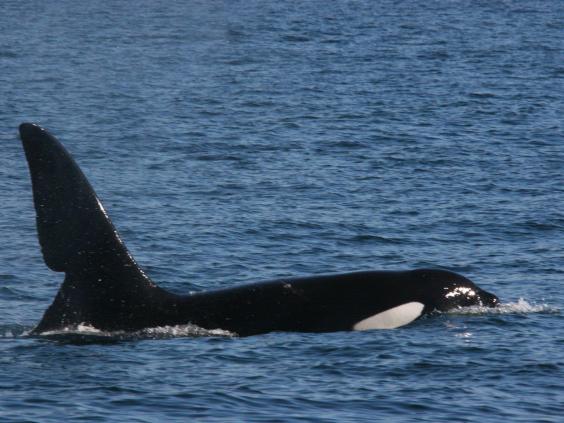
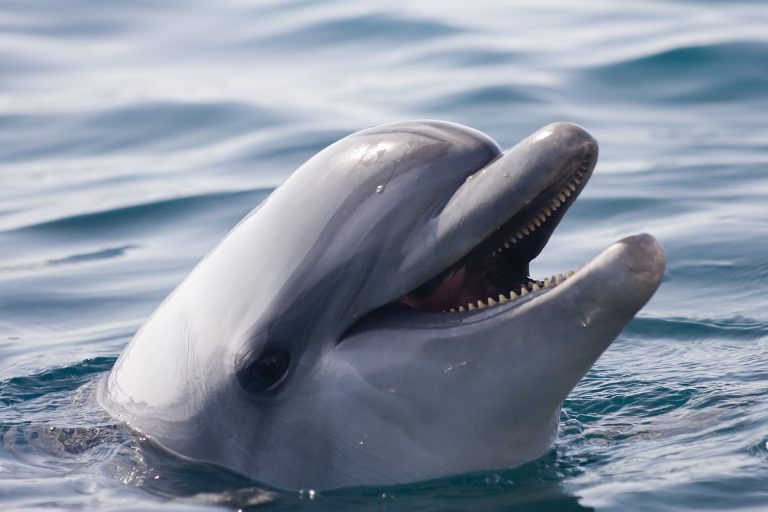
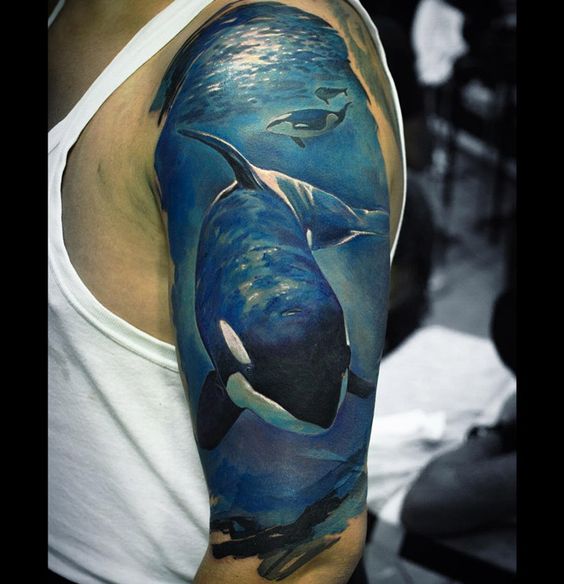

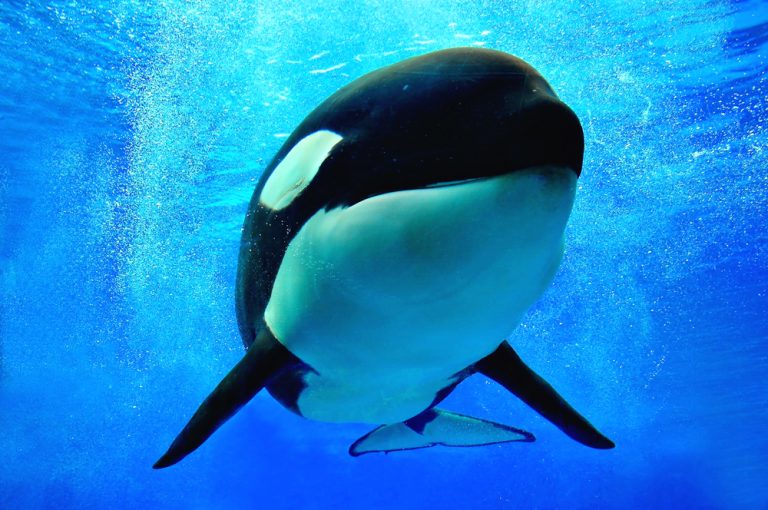
This practice should be stopped for all marine mammals in Russia and everywhere.